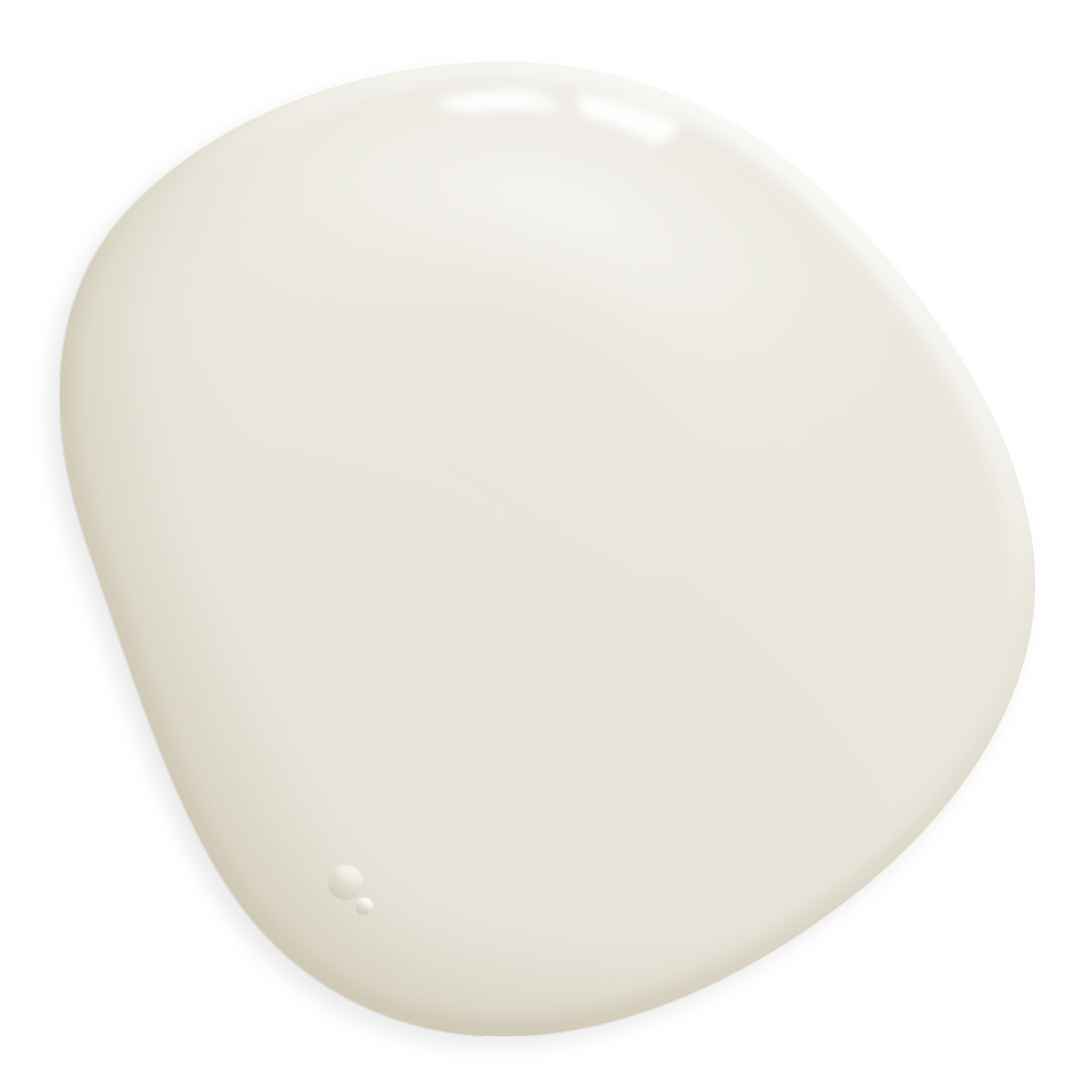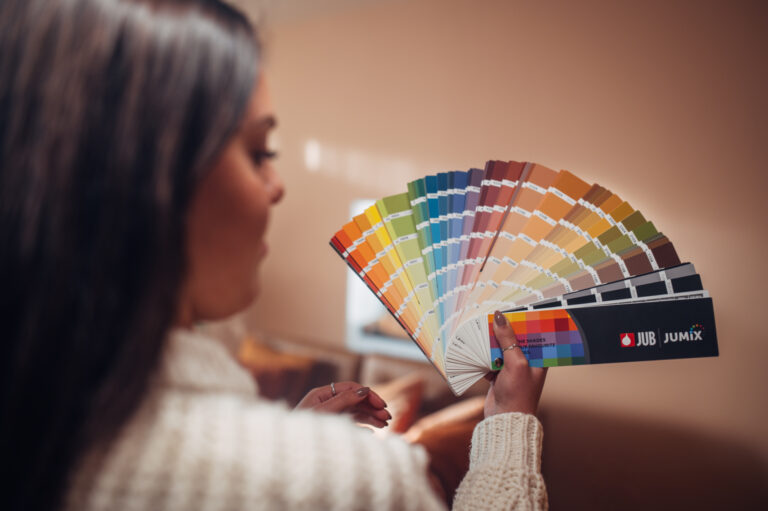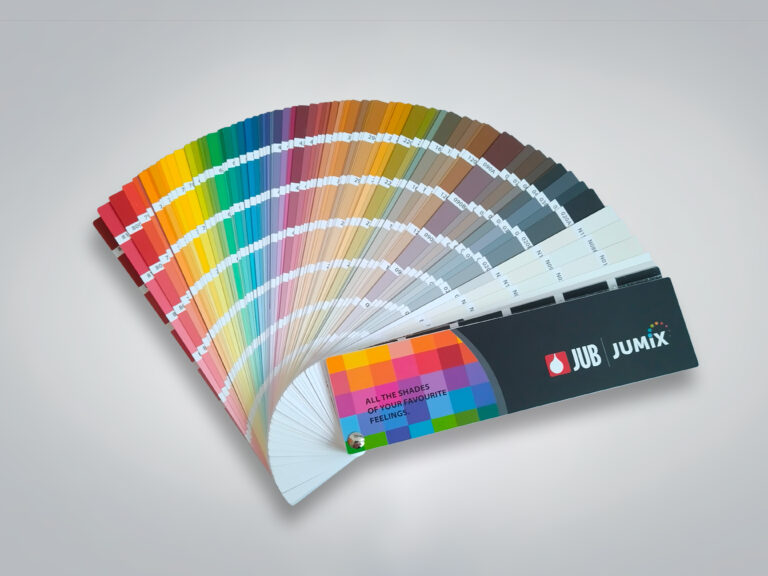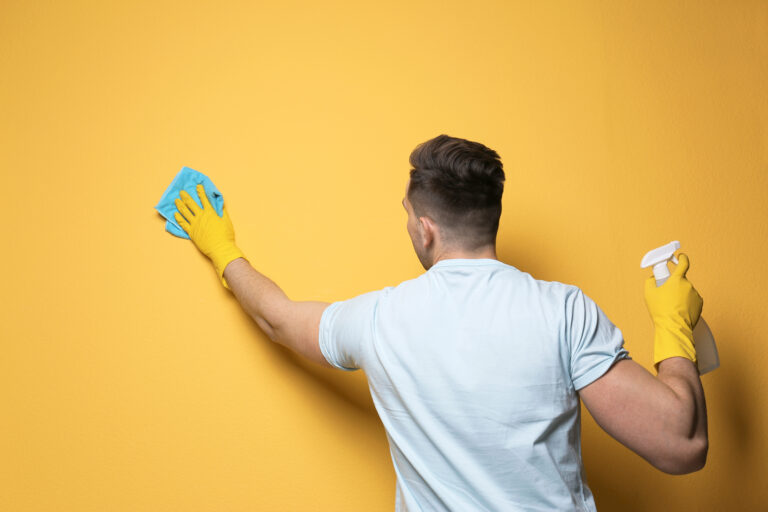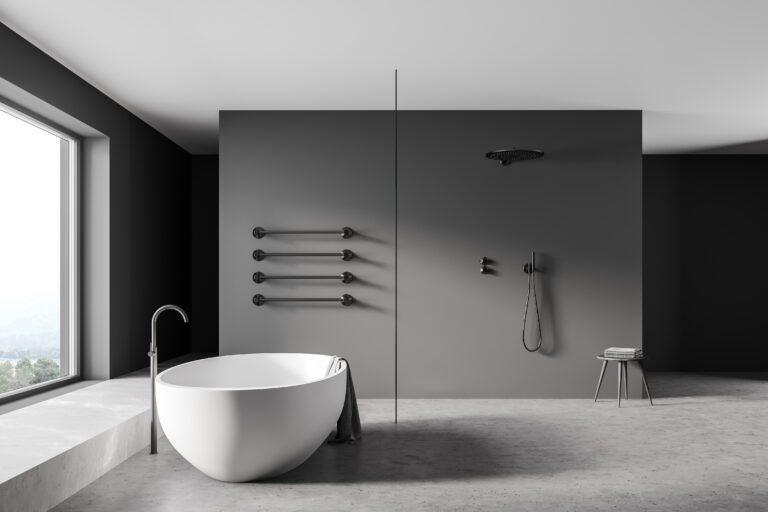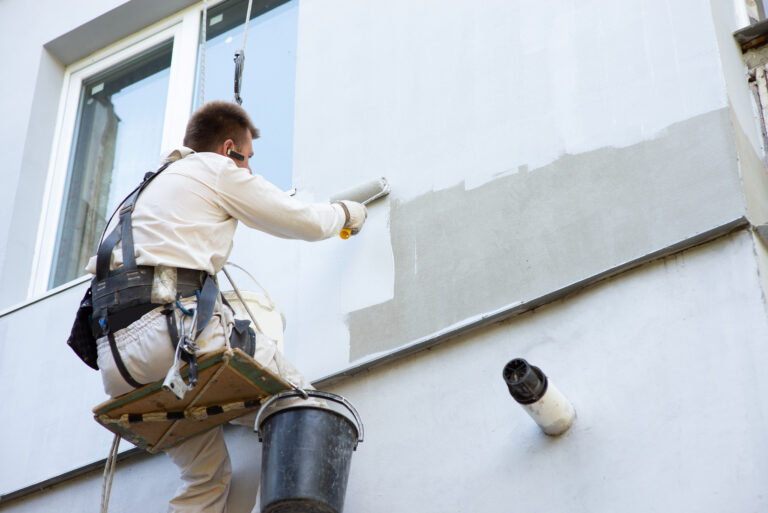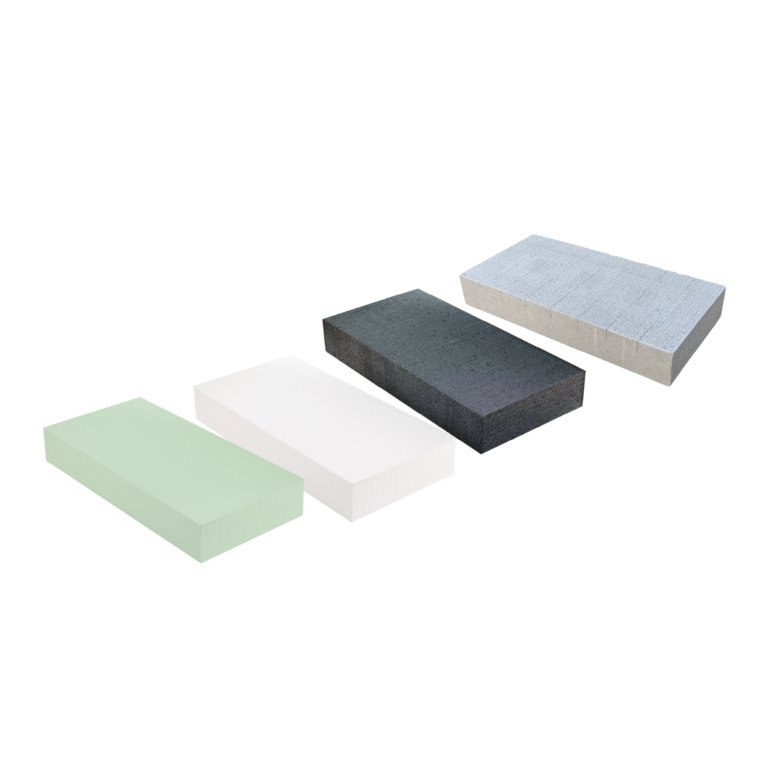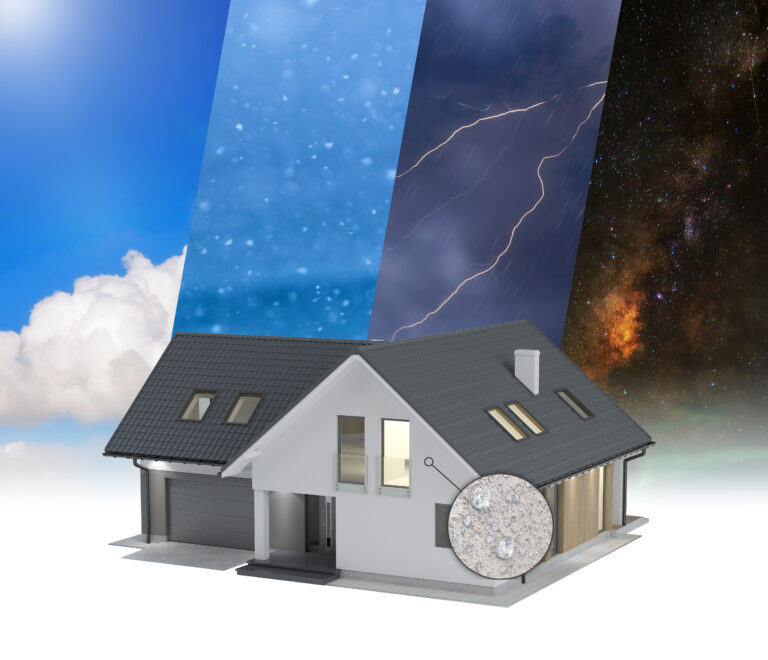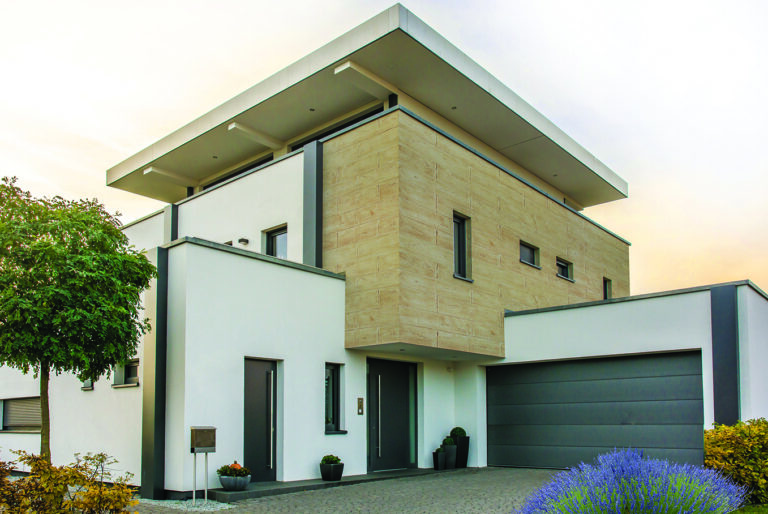Substrates that have been soaked with water during floods or for any other reason must be properly restored. At JUB, we have prepared instructions for restoration.
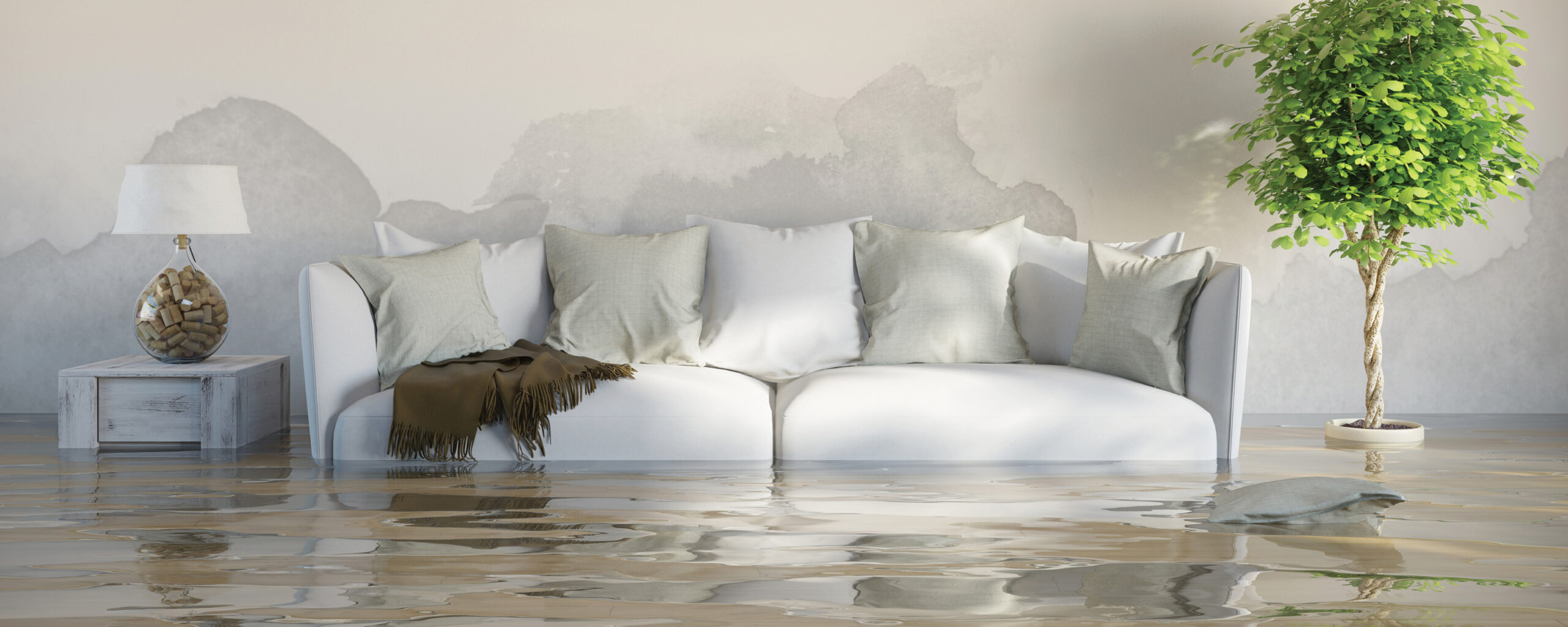
Cleaning of soaked wall surfaces
Basic cleaning (removal of debris, etc.) and surface cleaning with water and a mixture of common household cleaning agents or pressure washing of surfaces.
Disinfection and protection of surfaces against microbial activity
For disinfection of objects and walls, we recommend Dr. House disinfectant spray. If the substrates are not contaminated to a large extent, we recommend using ALGICIDE Plus (spray or concentrate) to protect and prevent microbial action and algae growth.
Drying
Any restoration intervention does not make sense on substrates that already seem too wet to the touch. In “normal conditions” (T = +20 °C, RH = 65 %), it is necessary to dry the interior wall surfaces for at least a month, as all further restoration interventions only make sense when their humidity falls below 5 %. For the fastest drying of the affected surfaces, we recommend the use of specific-purpose condensation drying devices.
Repeated protection of substrates against microbial action
Before further restoration procedures, after drying it is important to repeat the protection of wall surfaces against microbial action with ALGICIDE Plus (spray or concentrate), in order to prevent the subsequent formation of wall mould and algae.
The next set of steps should be selected depending on the extent of the damage.
MINOR DAMAGES
- Restoration painting: choose from more vapor-permeable paints such as JUPOL Bio Silicate, JUPOL Bio lime interior paint or JUPOL Classic with the addition of JUBOCIDE plus. You can also choose JUPOL Citra, an interior paint that already contains an agent against the possible repeated growth of wall algae and mould. In case of stains, after the first layer, use JUPOL Block.
- Restoration of rooms that have previously been repainted with slaked lime: we recommend restoration painting with slaked lime. If stains have migrated, use JUPOL Denikol stain isolation agent to block them beforehand.
- Restoration of individual local damages to the wall and painting: use JUBOGLET Nivelin D, a lime-cement compound that performs very well for the repair of flooded surfaces. If necessary, we use a reinforcing mesh. This is followed by painting the surface with a more vapor-permeable paint, such as: JUPOL Bio Silicate, JUPOL Bio lime interior paint, JUPOL Classic, etc.
DEEP DAMAGES
in this case, restoration with rough levelling or new plastering is required
- Removal of existing paint coatings and render finish: if the existing layers are mutually layered, they must be removed to a stable base. In most cases, such an intervention is only necessary locally, but it may happen that removal will be necessary on the entire surface.
- Rough levelling of surfaces: any local damage from a depth of 2 to 5 cm is repaired with underlay render finish JUBOSAN W120 (one-coat application at a maximum thickness of 3 cm, for larger thicknesses, a two-layer application is carried out).
- Application of renovation render finish: first apply renovation spray JUBOSAN W110, then renovation render finish JUBOSAN W130 (with a thickness of at least 3 cm, and for thicknesses greater than 6 cm, apply JUBOSAN W120 beforehand).
- Decorative painting: the final painting of renstored wall surfaces is carried out with a good vapor-permeable paint, such as JUPOL Bio silicate paints, JUPOL Bio lime interior paint, JUPOL Citro, interior paint with effective film protection against mould or JUPOL Classic with the addition of the wall mould inhibitor JUBOCIDE Plus.
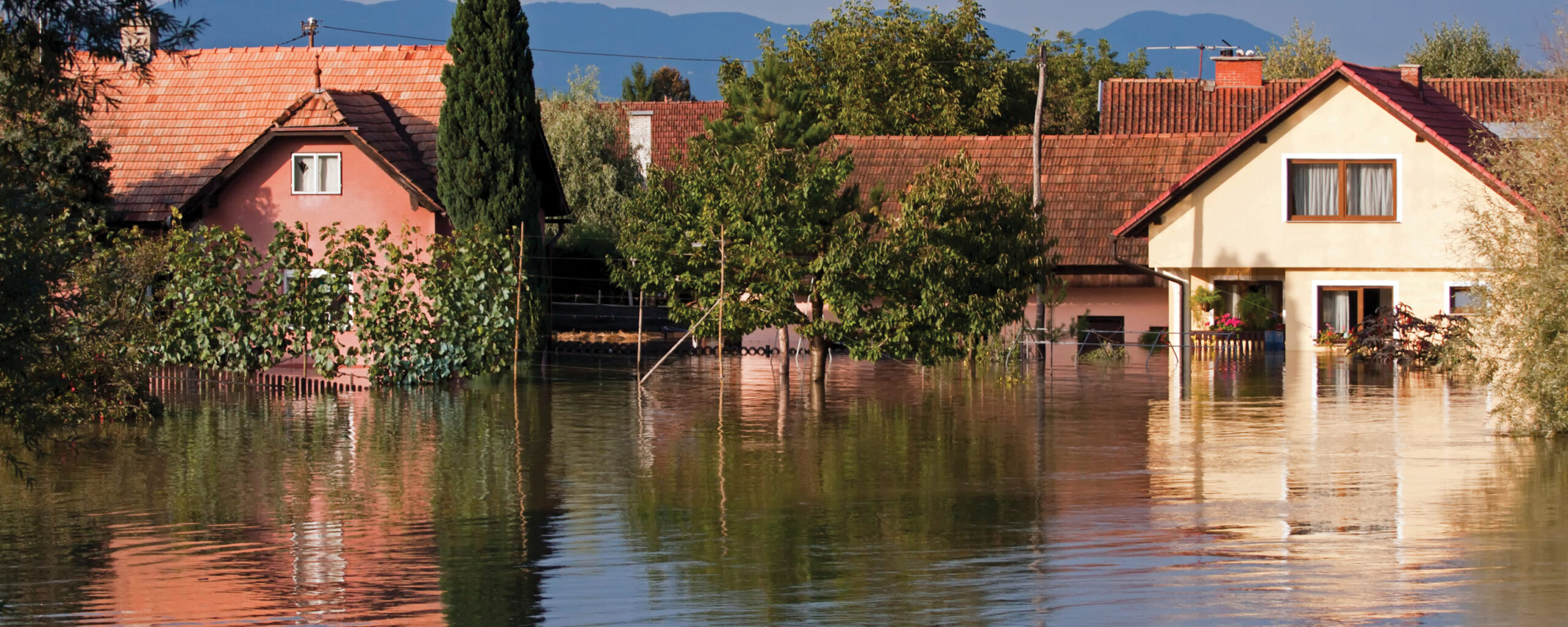
THE RESTORATION OF FACADE SURFACES WHICH HAVE BEEN SOAKED WITH WATER DUE TO FLOODING OR FOR POSSIBLE OTHER REASONS AND THEREFORE MECHANICALLY DAMAGED OR DAMAGED IN THE FORM OF STAINS, DEPENDS ON THE TYPE OF CONSTRUCTION. THE INITIAL STEPS ARE THE SAME FOR ALL TYPES OF CONSTRUCTION:
Cleaning and drying of facade surfaces
We can use a high-pressure cleaner with hot water under a pressure of 80-100 bar. Persistent stains are cleaned by gentle rubbing with a wet cloth and household cleaning agent. Rinse with water and dry.
Protection of washed and dried facade surfaces against microbial action
Dry and cleaned facade surfaces can be coated once or twice with diluted ALGICID Plus concentrate (ALGICID Plus concentrate : water = 1 : 4) after drying, but it is mandatory before carrying out the restoration work.
In continuation, we present the next steps depending on the structure of the building (MASSIVE or PREFABRICATED CONSTRUCTION), type of thermal insulation and depending on the extent of damage.
PREFABRICATED CONSTRUCTION
If you need to restore a prefabricated building, first clean and dry the surface and, if necessary, carry out disinfection. Then you contact the manufacturer, who will give you the appropriate instructions for restoration according to the method used and the composition of the structure.
MASSIVE (TRADITIONAL) CONSTRUCTION
Facade with thermal insulation on EPS, XPS
- Restoration painting: the surfaces are first coated with diluted JUKOL Primer (JUKOL Primer : water = 1 : 1); dry for at least 24 hours (under “normal conditions”). This is followed by painting the facade surfaces with micro-reinforced facade paint SILICONECOLOR San extra or SILICONECOLOR or NANOCOLOR or REVITALCOLOR, (at least two-coat application).
- Restoration of mechanical damages: The damaged part of the facade system is removed down to the basic structure. We glue again the thermal insulation lining to the cut area, make the basic render finish, drown the mesh, make a levelling layer of the basic render finish, apply the base coat and the selected finishing decorative render finish.
- Recoating of swollen decorative render finish in case of intact base coat: remove all non-adherent or poorly adhered particles, coat with diluted AKRIL Emulsion (AKRIL Emulsion : water = 1 : 1), recoat with renovation render finish JUBOSAN R 100 or with JUBIZOL Adhesive mortar (one- or two-coat application ; in the case of a two-coat application, reinforce with a plasticized glass mesh). This is followed by the application of JUBIZOL Unigrund and the installation of a new decorative render finish (we recommend JUBIZOL CarbonStrong).
- Recoating of cracked and swollen decorative and base coat: Remove the base coat, including the mesh and decorative render finish, sand the thermal insulation linings with sandpaper P-16. 3. Install the base coat (JUBIZOL Adhesive mortar), coat with JUBIZOL Unigrund and apply the finishing decorative render finish (we recommend JUBIZOL CarbonStrong). Between the old and new thermal insulation system, we make a properly sealed permanently elastic joint.
Facade without thermal insulation
- Restoration painting: first coat with diluted JUKOL Primer (JUKOL Primer : water = 1 : 1); dry for at least 24 hours under normal conditions. This is followed by painting the facade surfaces with micro-reinforced facade paint SILICONECOLOR San extra or SILICONECOLOR or NANOCOLOR or REVITALCOLOR, (two-coat application).
- Restoration of mechanical damages: We temporarily patch the damages with materials that are as similar as possible to the properties of the materials that were used in the building’s construction. For a long-term solution, it is necessary to re-layer the entire facade surfaces. It makes sense to consider additional thermal insulation of such buildings.
Facade with thermal insulation on mineral wool
Removal and installation of a new thermal insulation system: Façade thermal insulation systems on mineral wool were probably excessively soaked with water, so they will not dry out in the foreseeable future. If they freeze, they will surely suffer irreparable damage, so it is best to immediately remove the wet part of the facade, which usually reaches 20 cm above the limit of flooding with flood water, and replace it with a suitable new thermal insulation coating.
Contact us for advice
If you have additional questions or problems with the remediation, please call us. Our consultants are available every weekday between 7:00 a.m. and 3:00 p.m.
